
If the Americans, with their love of individual cases that started the big events, were to talk about how the idea of social housing began in the United States, they would surely remember Christmas 1889, when Scribner’s Magazine published an article by journalist Yakov Riis entitled “How the Other Half Lives”. The article on New York City slums, the backside of a prosperous city, has long placed the plight of the poor on the political agenda.
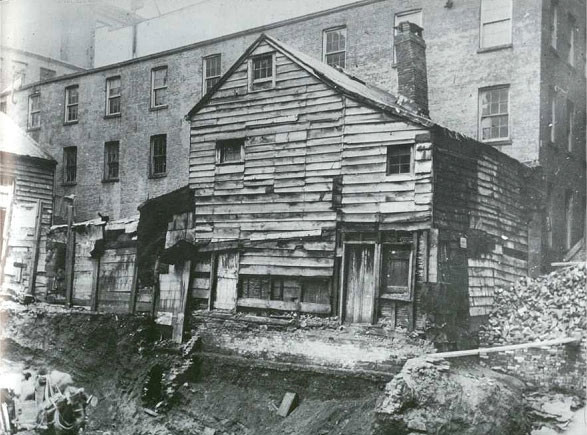
Old house in the backyard of Bleecker Street
The idea of combating slums, which Reese planted, has not been realized for quite some time. In the 1920s, the State sought to attract private capital for low-rent housing. However, preferences, including fiscal ones, have not made the industry attractive to developers. The Public Works Administration, created by Franklin Roosevelt to implement his “New Deal”, was able to provide loans to developers to build affordable housing. But it didn’t have the desired effect.
READ: The History of Prohibition in the United States: Its Influence on the Image of the American Mafia
Two years later, however, when the Administration had been able to invest in social housing on its own, the situation had improved. The year 1934 can rightly be considered as the date of birth of the social housing program, which lasted for more than half a century.
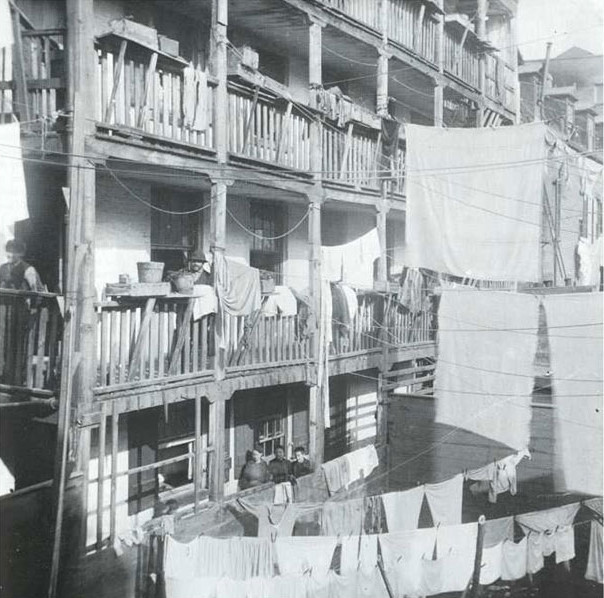
Old house on Roosevelt Street
The first projects, built in the mid-30s, were distinctly different from the future of Pruitt-Igo and least resembled the Soviet panels. These were two- to three-story brick townhouse complexes surrounded by green areas, social infrastructure, and comfortable layouts – such as Iberville or Lafitte in New Orleans, Techwood Homes in Atlanta, and many others. In the period from 1932 to 1935. 25,000 apartments were built.
However, the direct involvement of the Federal Government could not continue indefinitely, and in 1937 the Housing Act created the two-tier relationship between the Federal Government and the States in the area of social housing that still exists. The federal budget provides the system with money, in the form of loans or subsidies, and the local housing agencies use the money to build and manage rental houses. At the same time, it was the Housing Act of 1937 that created the problems and conflicts that led to the demolition of the Pruitt-Igo quarter (1972) a quarter of a century later.
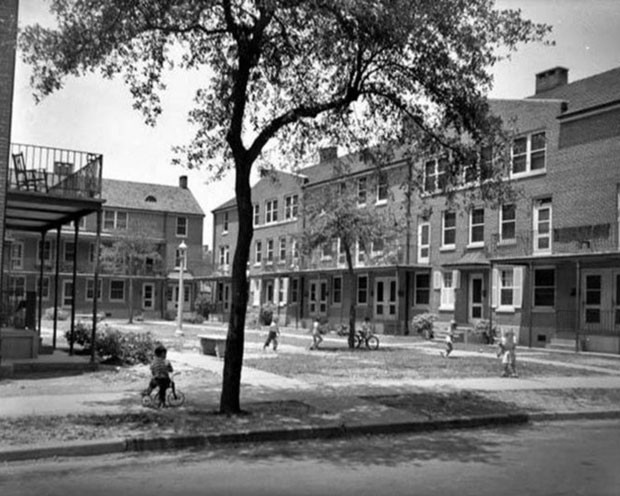
Residential complex Iberville, New Orleans
The US has always been a competitive country. And prices are set by the market in a competitive environment. The Housing Act, on the other hand, severely limited the cost of building social housing.
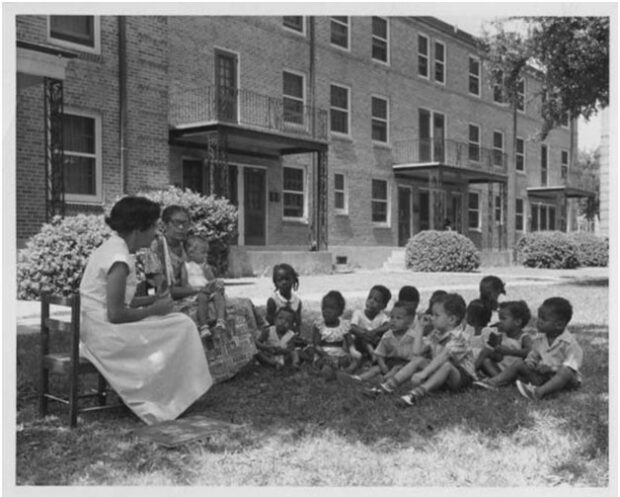
In the courtyard of the residential complex Lafitte, New Orleans
But the Housing Act also violated competition rules: it created a new player in the housing market – local housing agencies that do not use market credit, like other developers, but soft funds. Agency loans were provided at a rate that exceeded the refinancing rate (1 percent from 1937 to 1948) by half a percent for up to 60 years.
READ: History of Manhattan: Historical Facts and Personalities
In 1969, residents of social housing in Saint Louis went on strike to demand a reduction in rents and an improvement in the quality of services in homes. Congress responded with the Brooks Amendment that rents could not amount to more than 25% of the family’s income. The crisis immediately spread to housing agencies. Congress again comes to the rescue and provides extra funding to the agencies, but these measures no longer save.
In such circumstances, the destruction of the Pruitt-Igou complex in that most rebellious Saint Louis, three years after the strike, does not seem unexpected or catastrophic. Many projects have suffered this fate already as part of a new program launched by the US government 30 years later – HOPE IV. Local housing agencies now receive funds for the demolition of social houses and the construction of new housing complexes, but already for the mixed-income population.
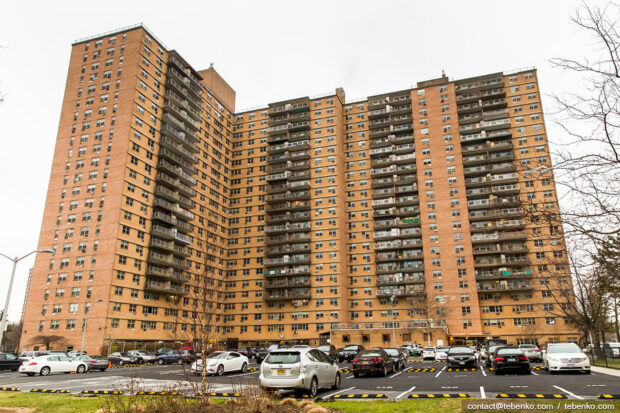
The New York City authorities have developed a number of measures to address the housing issue for low-income families and to control homelessness.
One of them is the granting of tax benefits to construction companies that are willing to provide vacant apartments in their complexes to low-income families. The authorities are also willing to reimburse low-income citizens for rent. However, such compensation would not be available to all. She’ll be played in a lottery, so the poor will have to fight for the chance to improve their housing conditions.
READ: National Horse Racing Museum USA
Under the program, the authorities allocate a number of apartments in one of the city’s most prestigious neighborhoods. The Mayor’s Office stated that the program was intended for low-income families who did not own their own homes (in shelters). However, it does not apply to the so-called homeless – people living on the streets. This vulnerable group needs additional public services. It is expected that when poor people move into social facilities, shelter places will become available. In turn, these places will be made available to the homeless.
The Government Program provides for the provision of low-income apartments designed for middle-income tenants (about $97,000 per person per year or $125,000 per family per year). This is a comfortable and well-designed dwelling. The city currently has some 200 vacant spaces at this level. They are all located on the Lower East Side (Manhattan) near the city center. The cost of renting a one-room apartment in this area ranges from $1,900 to $2,700.
Like us on Facebook for more stories like this: